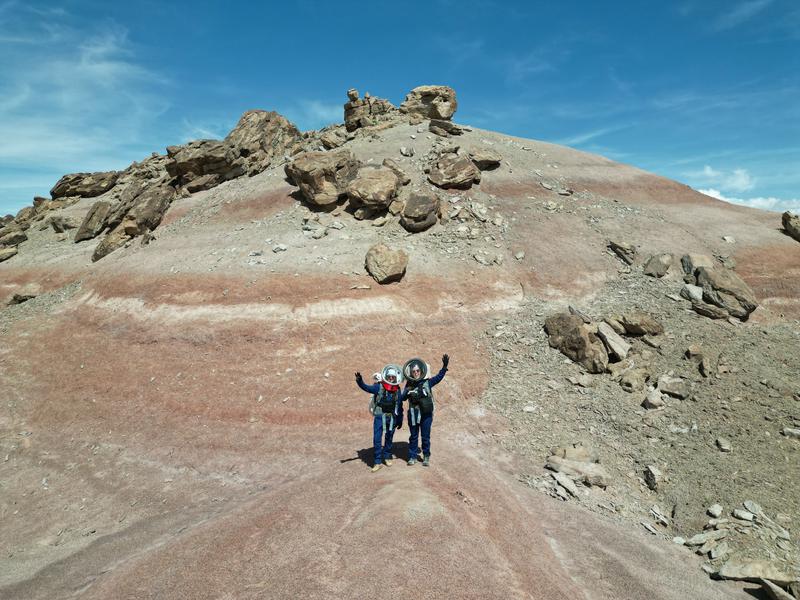New simulated Mars female mission announced for 2025
Project aims to further learn living conditions on red planet and wants to boost women in science

Hypatia, the simulated Mars female mission that brought nine Catalan scientists to a US desert for two weeks in April, will have a second iteration in 2025.
In a press conference on Friday, one of the project leaders, Mariona Badenas-Agustí, announced a new experience at the Mars Research Desert Station, in Utah.
Hypatia, backed by the Catalan government, the Catalunya La Pedrera foundation and the Banc Sabadell foundation, aims to put forward research projects, develop educational activities and raise interest among women on STEM careers.
Two of the scientists that participated in the first mission, mathematician Anna Bach and engineering student Helena Arias, have also been confirmed for the second one, but some of the other crew members will be recruited – the team is looking for different professional backgrounds and ages.
According to Badenas-Agustí, trying to live in Mars is a "difficult" challenge and a lot of unresolved questions are yet to be explored before going to the red planet.
For now, trying to gather information in a simulated environment, such as the desert where the Hypatia crew worked, is the only way to progress.
Mars weather conditions and lack of water simulated
During their first mission, the nine scientists spent 12 days living under the extreme temperatures in Mars, as well as its low humidity, high winds, restricted internet access and contact with the exterior, and with 2,000 liters of water to survive.
Each crew member spent 13 liters per day, significantly less than the average Catalan resident, at 105 liters – the project leaders believe that their efforts to not waste any water could be useful contributions in a context of drought like the current one.
Indeed, they "recycled" urine to make batteries work without using water.
In terms of food, they had eggs, vegetables, fruit and dairy products. Also, the station where they lived included a greenhouse, where they managed to grow cucumber, cherry tomatoes, lettuce, mint and basil.